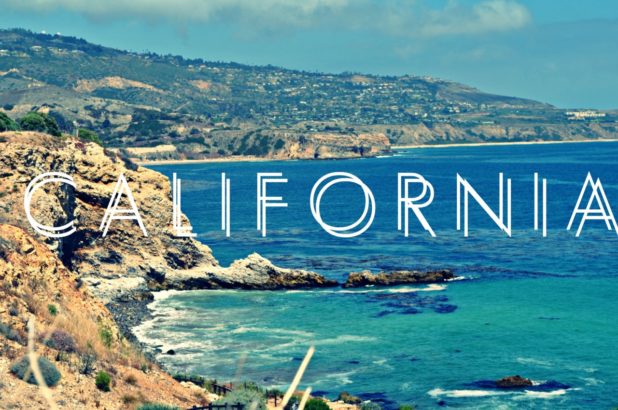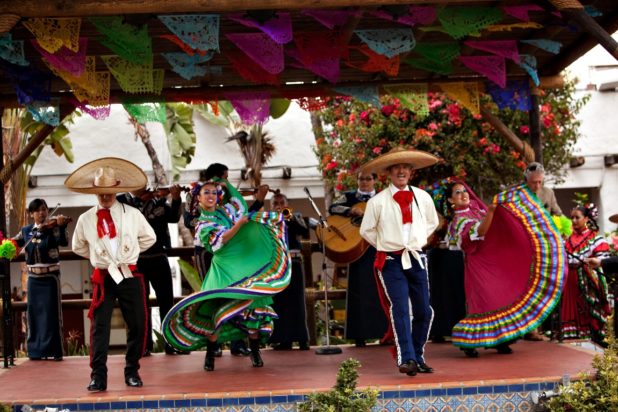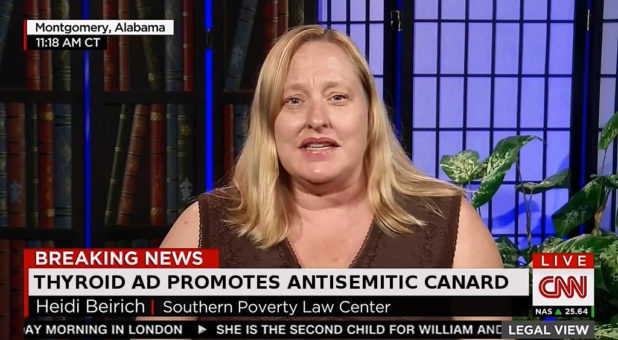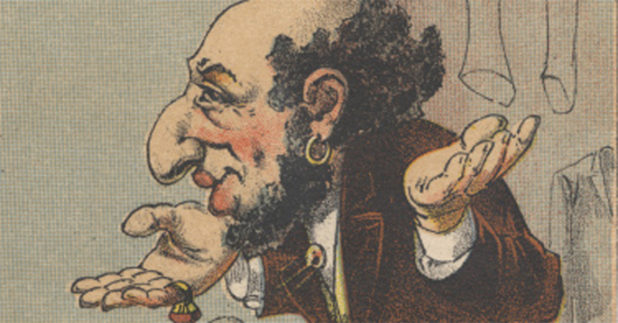Andrew Anglin
Daily Stormer
March 2, 2018
Shithole countries are not shitholes because of their geography, they are shitholes because they are filled with shitholers.
California was once right up near the peak of Western civilization, then it was decided that it should be filled with shitholers.
It is now a complete and total shithole.
California ranks dead last among U.S. states in quality of life, according to a study by U.S. News, ranking behind New Jersey (49th) and Indiana (48th).
The ignominious honor reflects California’s low marks in the sub-categories of environmental quality and social engagement. The latter category measures voting participation and community bonds.
Californians scored poorly in part because they’re simply insufferable, U.S. News suggested.
“In addition to a healthy environment, a person’s quality of life is largely a result of their interactions with those around them,” the magazine wrote in a blurb accompanying the results.
One way to measure quality life is whether residents can even afford to have a roof over their heads, and by that standard, California is failing.
A 2017 Harvard University report said that one-third of renters in the Los Angeles area are “severely rent burdened,” meaning they spend at least half their income on housing. The median rent for a one-bedroom apartment in Los Angeles County has increased 67%, according to Zillow’s Rent Index, the Los Angeles Times reports.
Homelessness has surged a stunning 75 percent in the last six years, the Los Angeles Times reports, and there are now at least 55,000 homeless people in the county.
California is in fact shittier than any shithole country, if you’re going to include the issue of community bonds.
Mexico is a prime shithole, but it has great community bonds, because it is ethnically homogeneous. California has a lot of Mexicans, but it also has shitholers from the world over, thus making community bonds effectively impossible.
Mexicans in Mexico
Mexicans in California
All of what is happening in California – and across the rest of the country – right now was predicted by academics.
Ten years ago, a study was done on how diversity affects the social order, and it was determined that it breaks down trust and causes people to “hunker down.”
This is from 2007 in the Boston Globe:
IT HAS BECOME increasingly popular to speak of racial and ethnic diversity as a civic strength. From multicultural festivals to pronouncements from political leaders, the message is the same: our differences make us stronger.
But a massive new study, based on detailed interviews of nearly 30,000 people across America, has concluded just the opposite. Harvard political scientist Robert Putnam — famous for “Bowling Alone,” his 2000 book on declining civic engagement — has found that the greater the diversity in a community, the fewer people vote and the less they volunteer, the less they give to charity and work on community projects. In the most diverse communities, neighbors trust one another about half as much as they do in the most homogenous settings. The study, the largest ever on civic engagement in America, found that virtually all measures of civic health are lower in more diverse settings.
…
“We can’t ignore the findings,” says Ali Noorani, executive director of the Massachusetts Immigrant and Refugee Advocacy Coalition. “The big question we have to ask ourselves is, what do we do about it; what are the next steps?“
Note that since this study, the only step which has been taken is to force white people, against their will, to accept diversity and to attack them as racial haters if they resist. These attacks include getting them fired and kicked off of internet platforms.
Putnam’s work adds to a growing body of research indicating that more diverse populations seem to extend themselves less on behalf of collective needs and goals.
His findings on the downsides of diversity have also posed a challenge for Putnam, a liberal academic whose own values put him squarely in the pro-diversity camp. Suddenly finding himself the bearer of bad news, Putnam has struggled with how to present his work. He gathered the initial raw data in 2000 and issued a press release the following year outlining the results. He then spent several years testing other possible explanations.
. . .
Putnam claims the US has experienced a pronounced decline in “social capital,” a term he helped popularize. Social capital refers to the social networks — whether friendships or religious congregations or neighborhood associations — that he says are key indicators of civic well-being. When social capital is high, says Putnam, communities are better places to live. Neighborhoods are safer; people are healthier; and more citizens vote.
The results of his new study come from a survey Putnam directed among residents in 41 US communities, including Boston. Residents were sorted into the four principal categories used by the US Census: black, white, Hispanic, and Asian. They were asked how much they trusted their neighbors and those of each racial category, and questioned about a long list of civic attitudes and practices, including their views on local government, their involvement in community projects, and their friendships. What emerged in more diverse communities was a bleak picture of civic desolation, affecting everything from political engagement to the state of social ties.
Putnam knew he had provocative findings on his hands. He worried about coming under some of the same liberal attacks that greeted Daniel Patrick Moynihan’s landmark 1965 report on the social costs associated with the breakdown of the black family. There is always the risk of being pilloried as the bearer of “an inconvenient truth,” says Putnam.
After releasing the initial results in 2001, Putnam says he spent time “kicking the tires really hard” to be sure the study had it right. Putnam realized, for instance, that more diverse communities tended to be larger, have greater income ranges, higher crime rates, and more mobility among their residents — all factors that could depress social capital independent of any impact ethnic diversity might have.
“People would say, ‘I bet you forgot about X,’” Putnam says of the string of suggestions from colleagues. “There were 20 or 30 X’s.”
But even after statistically taking them all into account, the connection remained strong: Higher diversity meant lower social capital. In his findings, Putnam writes that those in more diverse communities tend to “distrust their neighbors, regardless of the color of their skin, to withdraw even from close friends, to expect the worst from their community and its leaders, to volunteer less, give less to charity and work on community projects less often, to register to vote less, to agitate for social reform more but have less faith that they can actually make a difference, and to huddle unhappily in front of the television.”
“People living in ethnically diverse settings appear to ‘hunker down’ — that is, to pull in like a turtle,” Putnam writes.
In documenting that hunkering down, Putnam challenged the two dominant schools of thought on ethnic and racial diversity, the “contact” theory and the “conflict” theory. Under the contact theory, more time spent with those of other backgrounds leads to greater understanding and harmony between groups. Under the conflict theory, that proximity produces tension and discord.
The rise in racism over the last decade shows that the conflict theory is absolutely true. Even now, people who shill against racism do not live in diverse neighborhoods. Jared Taylor has made a point about this – Tim Wise, the SPLC figureheads, all of these people, live in virtually entirely white neighborhoods, as they lecture the working and middle class whites who are forced to live in diversity about how evil they are.
Speaking of the SPLC, Heidi Beirich once gave a presentation demonstrating that she was aware of the Putnam study.
At an anti-racist forum in Washington, DC in 2016, she said the following:
What we know from sociological research is that when a neighborhood diversifies people retreat to their homes, they hunker down. You have to really take serious positive work in rapidly changing demographic areas, to not result in either social breakdown or other problems. It’s a big issue for the United States. On its own, it’s not gonna happen.
So the premiere anti-racist organization in America, the Jewish advocacy group SPLC, is aware that diversity causes social breakdown and they still want to force it down the throats of white people.
Why?
What reason could they possibly have for this, other than that they want to harm us on purpose?
And if you accept that yes, this Jewish ethnic activist group is purposefully harming white people – I don’t believe there is any other possible conclusion – then you again have to ask: why?
Why do Jews appear, as a group, to be working to hurt white people on purpose?





